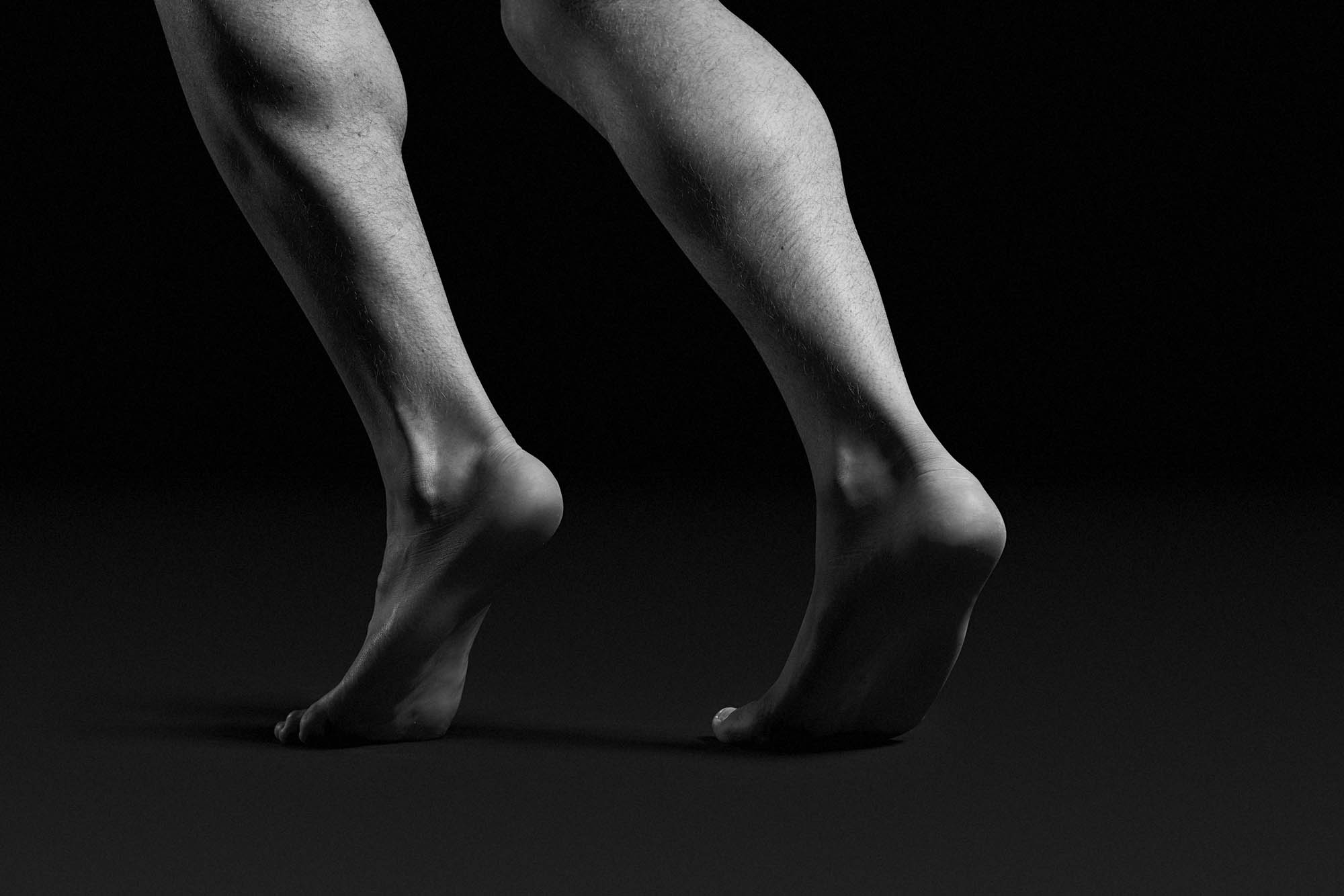Suite 3, Ground Floor, The Gateway,
312 St Kilda Road, Southbank, VIC, 3006
Carbon Pleated Shoes

Do I need to wear carbon-plated shoes to run faster?
Most serious runners have heard about Eliud Kipchoge smashing a sub-2hr marathon in Nike Vaporfly Next%s and have naturally wondered if they should invest in a pair.
Let’s be honest here – wearing Nike Vaporfly Next%s at your next fun run is not going to put you in the history books but, based on my own experience and research, it might improve your economy/energy cost and performance.
Running shoes have changed significantly over the last decade as more and more professional and recreational athletes develop a need for speed without having to put in as much effort. This is where the ‘super shoe’ comes in – a shoe that offers high-energy return that leads to better performance (Hébert-Losier & Pamment, 2022). The main features of a super shoe relate to its weight (the lighter the better) and stiffness (the stiffer the better). Stiffness, often provided by a carbon or other composite material, acts to reduce the range of motion at the metatarsophalangeal joints (the connection between your midfoot and toes) and subsequently optimising the length of the calf muscle to generate more force as you push off the ground (Ortega et al., 2021). So, basically, you lose less energy through unnecessary foot movement, which can be used to make you move faster. Sounds pretty good to me!
Shoe companies are all over this demand from the consumer, with many companies following in the footsteps of Nike and their Vaporfly. Many companies are hoping to share a piece of the money pie that us consumers are baking to buy our own pair of super shoes. Just by doing a quick Google search, I found six different shoe brands offering a carbon-plated shoe (Adidas, Brooks, New Balance, Saucony, HOKA and Nike). I’m sure there’s probably more and there definitely will be in the future. It’s important to keep in mind that although they all have a carbon-plate, they all differ in other important shoe metrics, appearance and cost. For example, HOKA are notorious for having a small drop, like in the Carbon X3 that has a 5mm drop (adhering to their minimalist philosophy), whereas Nike can have a larger drop of about 8mm, like in the Vaporfly Next% 2. They also differ significantly in cost, where the ASICS Magic Speed might put you back about $150, the Nike Vaporfly Next% 2 will cost $250 and the HOKA Carbon X3 will demand $300. These are all important considerations in a running shoe. You shouldn’t be buying a new shoe with significantly different features, like drop, to your existing shoes (especially when you are already changing stiffness) and you certainly shouldn’t be eating canned baked beans for a week to pay for them.
What do I run in? Well I must admit, I have jumped on the carbon shoe bandwagon. I really like them for their stiffness and energy return, but I also like the idea of wearing a cutting-edge shoe. I have tried the Next%, ASICS Metaspeed Edge and Saucony Endophin Pro. The Next% felt really weird (narrow under my foot and super stiff) and the ASICS felt too flat and lacking cushioning. I am currently doing my longer runs in the Sauconys. I find them less stiff than the Next% and more comfortable underfoot than the Metaspeeds. I don’t wear my carbon-plated shoes for every run though. I slip back into the old ‘meat and potatoes’ ASICS Nimbus for shorter runs and for cross training.
The cool down
If you want to improve your running economy and performance, give a carbon-plated shoe a shot. Just make sure that you aren’t completely changing other important features that exist in your current shoes, like stack height and drop, too much. Changing too much in one go might make you feel worse during your runs rather than better.

